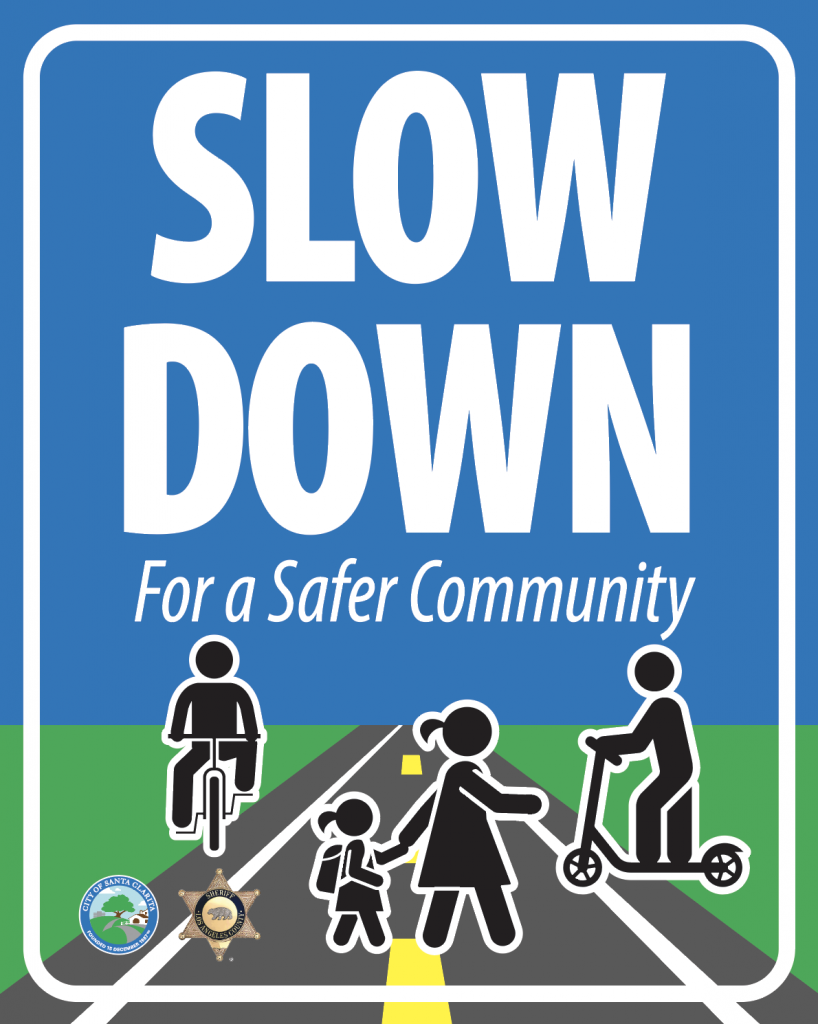Neighborhood Driving Safety Tips
Lets all work together to keep Santa Clarita streets safe for everyone! Neighborhood streets aren’t just for cars. People driving through a neighborhood may assume that it is a safe place to drive and doesn’t require much attention. On the contrary, these roadways can be full of surprises and drivers must be constantly vigilant to avoid them. One moment of carelessness or recklessness in a neighborhood could result in a collision. Knowing the common hazards and how to negotiate them can help motorists navigate a neighborhood safely.
Common Hazards
There are many different types of obstructions or hazards that drivers must watch out for in a residential setting. These include:
- Children at play. Children often play in and around streets. They may suddenly run out in front of a car to chase a ball without looking.
- Roadway obstructions. Residential streets can become crowded with any number of obstructions, such as parked cars and waste bins. Children and pets may dart out between parked cars or from behind obstructions without warning.
- Blind corners. Sometimes it can be hard to see around corners because of blocking trees, bushes, mailboxes, light poles, fences, or other obstructions. Slow down or stop if necessary to ensure everyone’s safety.
- Pedestrians crossing. Kids walking to or from school or people walking around the neighborhood with kids or pets may cross the street at the corner or in the middle of the street, sometimes without looking both ways.
- Bicycles, scooters, and motorcycles. These two-wheeled vehicles have as much of a right to use the road as do automobiles. Although bicycles and scooters travel slower than cars, this should not be a problem in a residential area with reduced speeds.
Safety Tips
To avoid having a collision because of the above potential hazards, it is important for drivers to respect others’ use of the road in residential areas and to do the following:
- Drive slowly. By driving at or under the reduced speed limit in neighborhoods you can prevent a collision.
- Exercise caution at intersections and turns. Look in all directions for potential hazards. Always assume there are children nearby. Know that there is a possibility that they will walk out in front of you without looking.
- Don’t tailgate slower vehicles. Be polite towards bicycles and scooters and keep a safe following distance until you can clearly pass them at a passing distance of greater than three feet.
- Give pedestrians the right of way. Look for people in the road or people who are looking to cross, and slow down or stop for them especially if there is a crosswalk.
- Use your lights. At night, always use your headlamps to illuminate the road. In especially dark areas where there are no other vehicles present, you may turn on your brights to help with visibility.

Following these simple tips can help to keep you and other road users safe on neighborhood streets.





